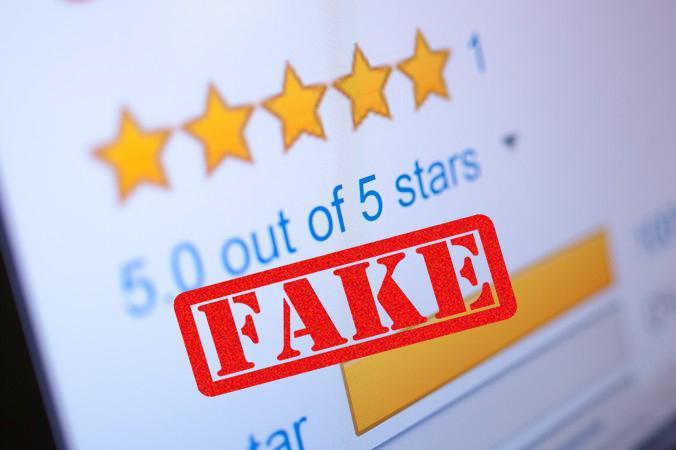As you begin to become increasingly active in the review space, it’s inevitable, you’re going to run into a few of the most common scenarios businesses face. Here’s a quick overview of the usual issues, and how best to approach the situation. Let’s start with bad reviews. The first thing to know is that bad reviews are not the end of the world.
“Many customers have said that, it may even be a plus that a business has some negative reviews. As no business is perfect, and all five stars may well leave them feeling that some of the reviews are not necessarily giving a balanced viewpoint”, told us James Hendriksen from HowDoDesign.com.
In other words, they may trust you more if you’ve got a mix of reviews. People leave bad reviews, but so often will leave bad reviews because you don’t listen to them. People know when a business is understaffed, or skimping on resources, or just being cheap, and this is probably the most common thing that I’ve found.
Having looked at hundreds and hundreds of reviews on many different businesses and sites. The common issue, when you don’t connect with a customer and support them, and quite simply, they just don’t feel you care. When it comes to dealing with bad reviews one of the most common complaints is that your staff are too busy.
If you are under resourced, don’t be surprised if people decide to tell the world. Now, the next step for you, when you get a bad review, is to look at writing a response, and instead of thinking that you’re writing to that particular person, understand that the context your operating in is very public, and you’re potentially responding not just to the customer, but to all those future people who are reading it as well.
So you want to do your best, and you want to make the most of the opportunity, and potentially turn that person around. Now here’s a quick overview of the best practices that you’ll find from Google.
They say ignore minor complaints, and resolve issues privately, when possible. In other words, connect with the person privately, and have a conversation, see how you can help. Address issues constructively, don’t use responses to advertise.
And my best advise on this is not to respond if you’ve got any negative emotion toward the review or the review. Wait, let the emotion pass, and then look to respond. Don’t ask users for anything or offer them anything. So this is very important because you must not incentivize them in order to get anything changed.
Be professional and polite – the world can read your response. So this is good advise in all social media situations, but particularly for reviews. Not only are you replying to that person, but for the next one, two, or ten years, you are potentially informing other customers, or potential customers, as to how you deal with challenges.
Now you can see the principles, and that you want to engage with the person, ideally privately, in a way that makes them feel that you’re listening. Once people feel this it’s a lot easier to resolve their issues and you never know, they may even change their review when they feel you’ve dealt with the problems that they had.
This is of course an ideal scenario, but should be considered bonus, not the outcome for the interaction. Bad reviews don’t need to be the end of your business, just deal with the situation well, and you’ll live to serve another day. Have you now got a plan of how you’re going to deal with a bad review?
There’s a big difference between reviews that you don’t like, usually called bad reviews, and reviews that are faked. What you’ll find with fake reviews is that they can be flagged, and they can be flagged sometimes prior to you even seeing them.
One of the most common situations that happens in relation to fake reviews, is a business getting hit by its competitors on a particular site. This can be very upsetting, because you know that the customer didn’t receive your product or service, and yet they left a review. The first thing to do is to stay calm. Sometimes the review sites have algorithms that will recognize fake reviews, but other times you can step in, or other people can step in, and you can flag them.
And very often, you’ll see this same little flag that will appear, as you can see on Yelp, where you can report the review, and this will appear on different sites. The same principle is on Google. Now once you’ve clicked on the little flag, it will take you through to a page, and even though it’s usually very hard to connect with people on a review platform, this is the process to follow. So you put your email address in, and then the violation type before submitting.
Now, know this is only for fake reviews, not for bad reviews, because that’s really for you to turn around the situation. The review sites have very little interest in getting involved in such things, so flagging is your best tool to deal with them.
Fake reviews are very annoying, but the fact is that the process that you’ve just seen is the best that you can follow. Use this alongside building up hundreds of reviews, and you’ll be able to deal with any bad or fake ones that may happen to appear over time, and that way you can keep your average rating up, as well.
With most review platforms, we can see that the most relevant reviews will rise to the surface, and others tend to get relegated to deeper ranks. What process will you put in place in your business today that will mean that you know how to deal with a fake review when it happens?







